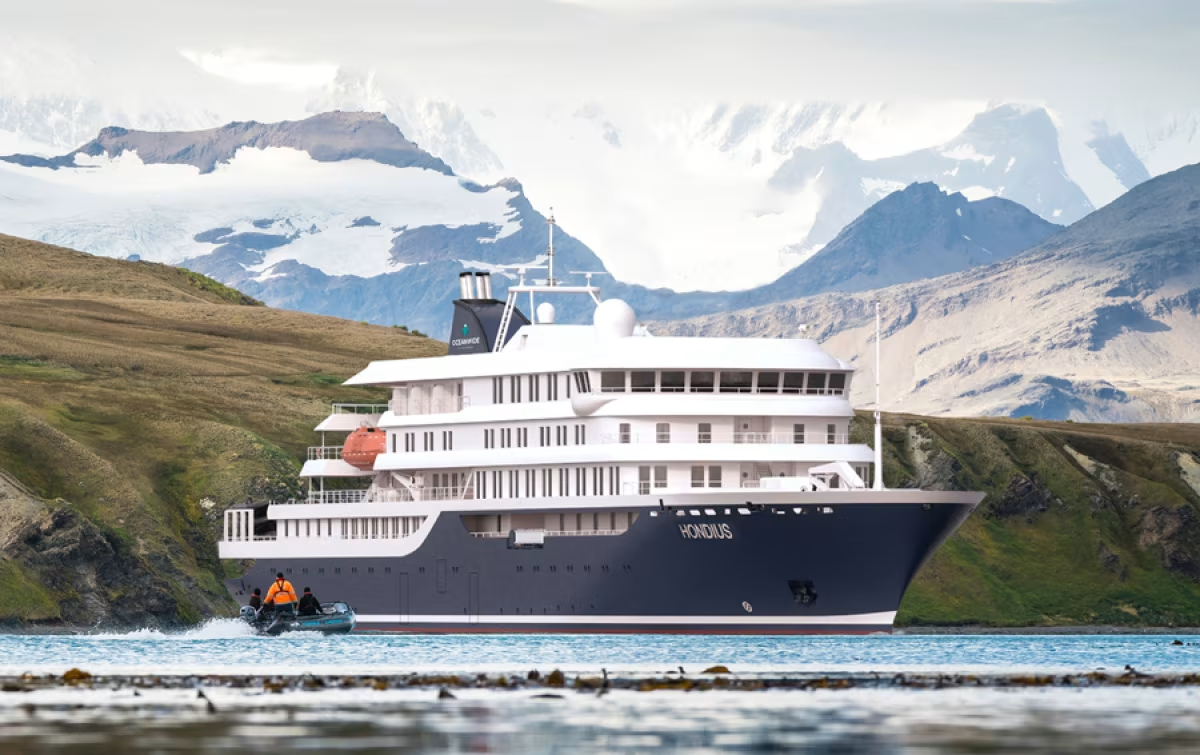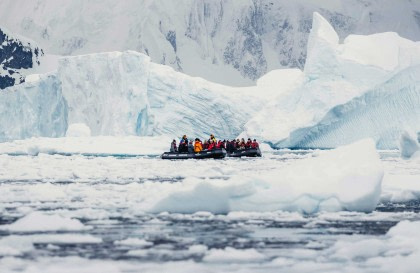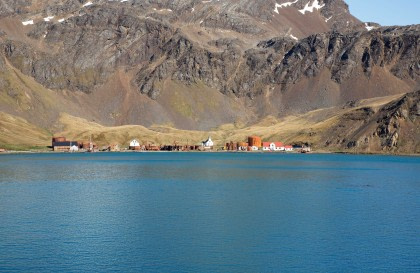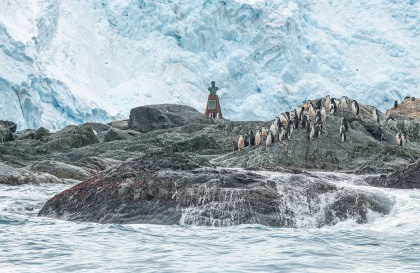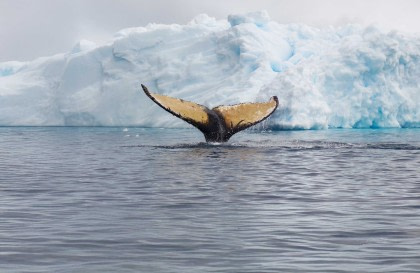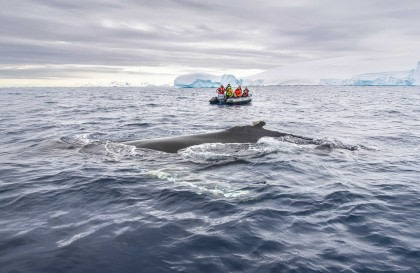Borne of steel, birthed in fire
In a mid-sized city on the rocky Croatian coast, not quite midway between the northern border of Montenegro and the southern shoreline of Slovenia, a sprawling shipyard claims a swath of Adriatic so wide you could back an aircraft carrier into it and barely need to check your side-view. Even from a distance, you can tell something big is underway.

Step onto the grounds of the gargantuan facility and you’ll find great brown blocks of cross-sectioned steel, some scattered under the forest of towering green gantry cranes, some positioned inside cavernous engineering facilities smelling of steel dust and acetyline.
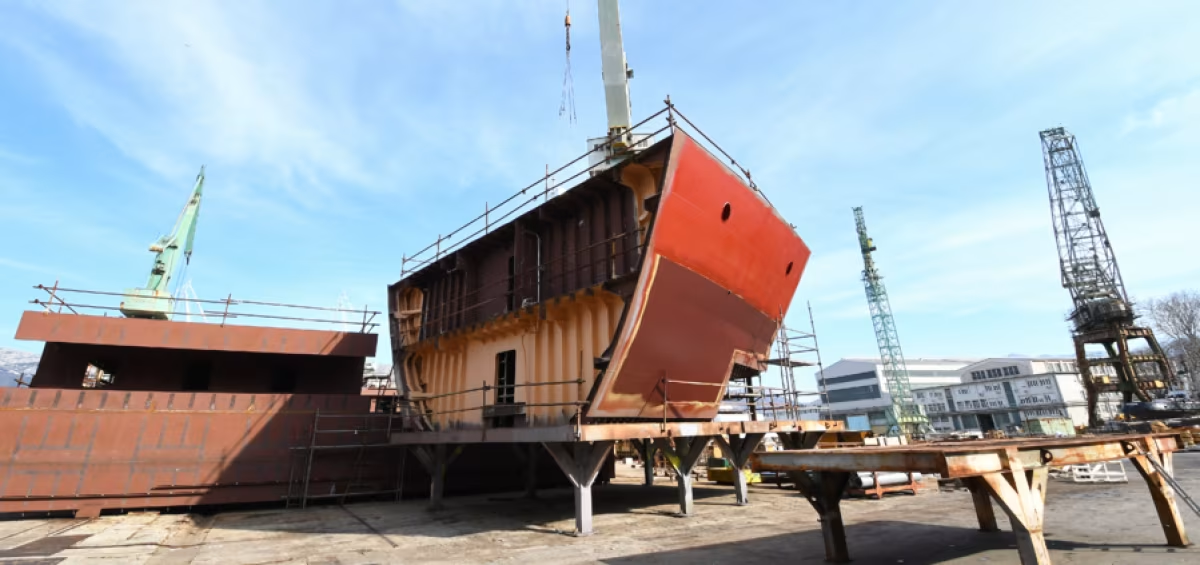
Venture into the main engineering facility of the shipyard and you find yourself engulfed in the mechanized music of hard-hitting toil: the percussive clank of steel on steel, the heavy hum of big-bellied machinery, the drone of bridge cranes and whisper of oxy-fuel torches and the bubbling, viperous hiss of underwater plasma cutters.
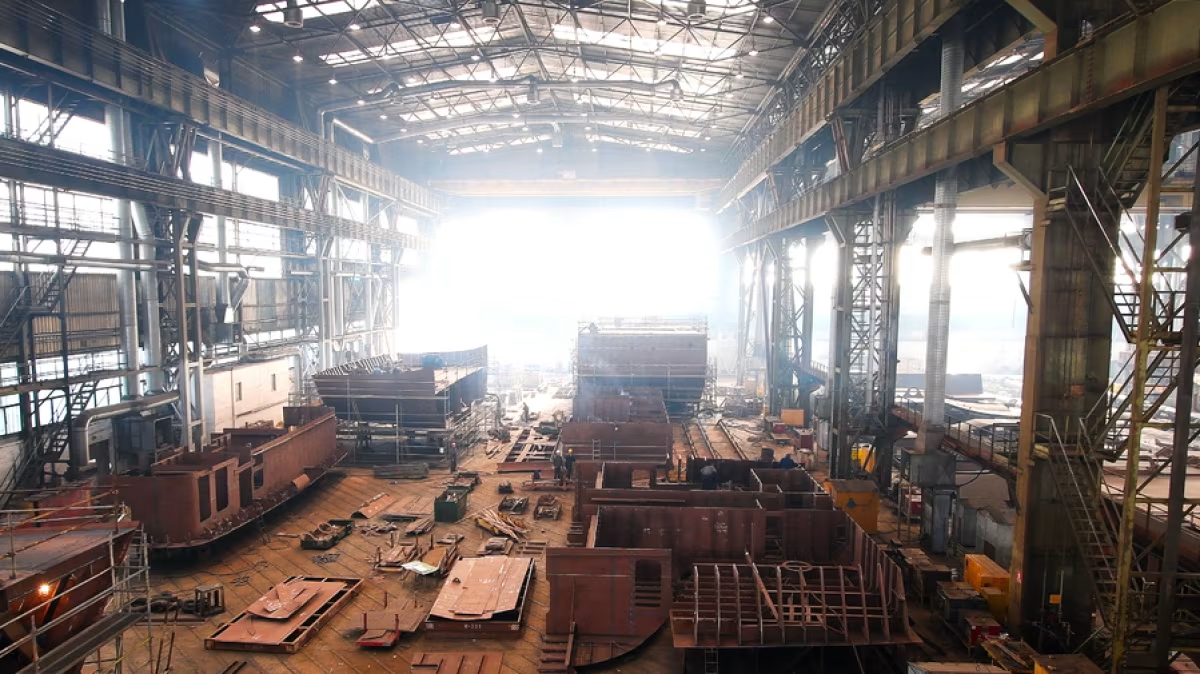
As your eyes adjust, you notice the area is a near-ceaseless clockwork of activity. You see workers decked out in dark blue coveralls, hard hats, polarized welding helmets like the ear-to-ear facial shields of interstellar storm troopers. A cascade of sparks showers to your right, a white fork of torch flame blinks to your left, and milky loops of smoke eek into the air like spirits caught in various stages of dance by some industrial nightclub strobe light.
And just outside the door, surveying everything with the boundless patience of Buddhist shift supervisors, sit a gaggle of stray cats from the nearby town. Having come here in the hopes of a handout, which the workers are more than happy to provide, these daily visitors are as much the eyes and ears of the shipyard as its most veteran worker.
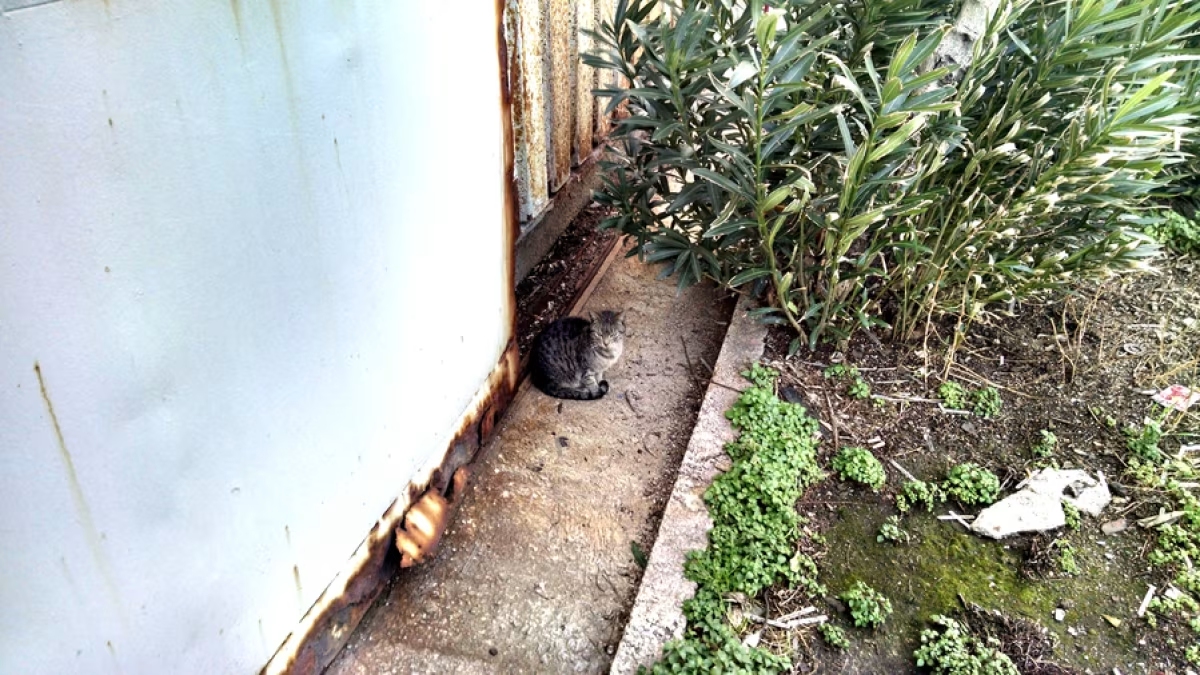
This is the scene at Brodosplit, where our new Polar Class 6 expedition cruise vessel, m/v Hondius, is being born in a crucible of steel, sweat, fire, and eventually, sea. To find out how this whole new-build process works, we pay a visit to the shipyard, Croatia’s largest, where the key players of its 2,200-person conglomerate give us a warm and highly informative welcome – even if we can’t always hear it over the steel grinders.
The deal before the design
We start our inquiries on the ground floor, which actually leads to the top level of the Brodosplit main office. There the no-nonsense, metal-and-masonry layout of the lower levels gives way to stained glass murals and richly lacquered walls, large white offices and bright wide windows. This is where the sales division resides, headed by Teuta Duletić, who was involved in brokering the deal for the new build. Her insights illustrate how even small-scale ships like Hondius are large-scale jobs for Oceanwide and Brodosplit.
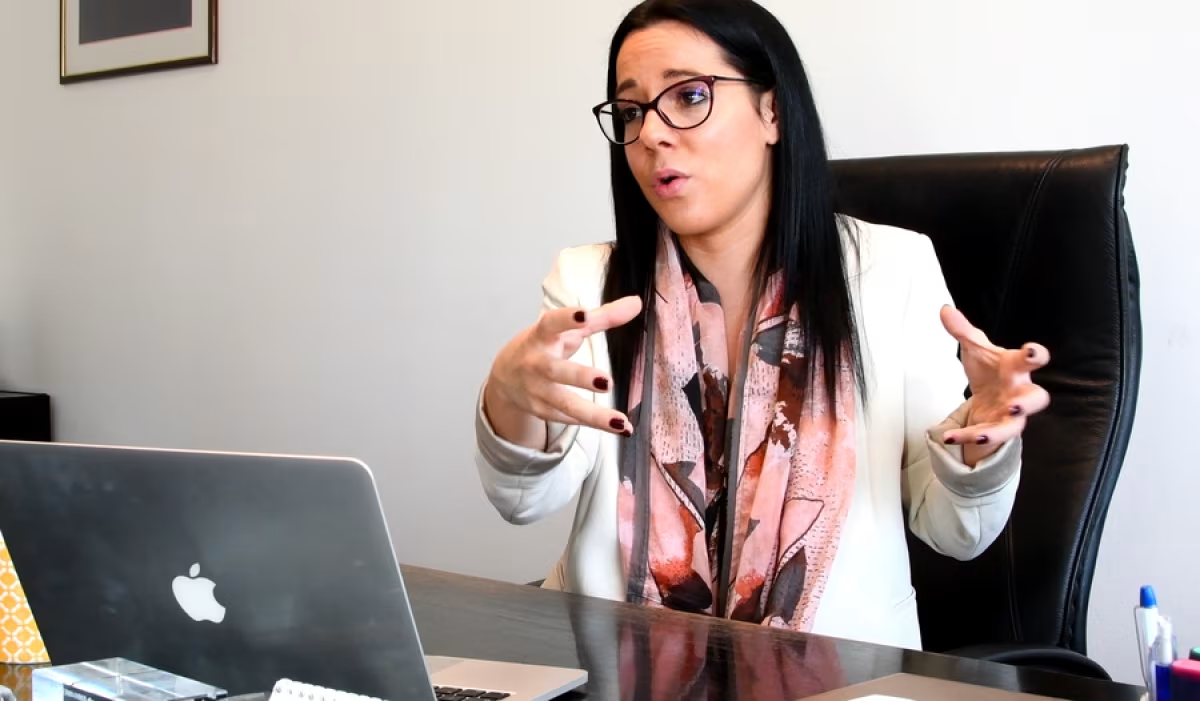
“The pre-contractual stages are very complex,” Duletić says. “Both sides have to come to a highly detailed mutual understanding. When Oceanwide approached us in late 2015, we had already been involved in the polar vessel niche for a long time, having completed over thirty ice-strengthened vessels. And we knew Oceanwide was a forerunner in its field too, with a quarter century of polar expedition cruising experience. But even with all this combined knowledge and background, arriving at a decision that makes both sides happy is never easy. It takes a long time and a lot of communication.”
Finding this mutual understanding, Duletić says, is one of the primary ongoing challenges of new ship builds. “It’s like entering into a marriage,” she explains. “This is a process that involves huge sums of money and can take around five years, from the first contact with the buyer to the ship’s completion to the expiration of the warrantee. A lot can change in that time: People leave our company, new people come in, and the same for the buyer. Having a full understanding of what Oceanwide wants, and giving them a full understanding of our capabilities, minimizes the modifications we’ll need to make later on.”
According to Duletić, minimizing modifications is the name of the game – eliminating them altogether is impossible. “Do what you will, changes because of unforeseen technical or structural aspects are simply unavoidable. And they’re never good, not for either side. For the buyer, they mean additional costs. For the builder, it’s basically the same. Also, it means more time, because when you alter part of the design, a worker doesn’t immediately show up to make the change. The whole process has to begin again. The sales department calculates the cost, the design department draws up plans, the classification society has to approve them, and only then does it go into production. It’s very disturbing to both parties.”
Fortunately, Duletić says, few such changes have been needed for Hondius. “Our communication and working relationship with Oceanwide have been really strong since the beginning, and this in turn helps us achieve construction by the desired due date. This is great, because we’re particularly excited for the release of this vessel. Most polar cruise companies only renovate older scientific ships for their fleet, but Hondius has been specifically designed for polar expedition cruising. It’s the first Polar Class 6 vessel in the world, so there’s truly no other ship like it. Passengers will feel that difference.”
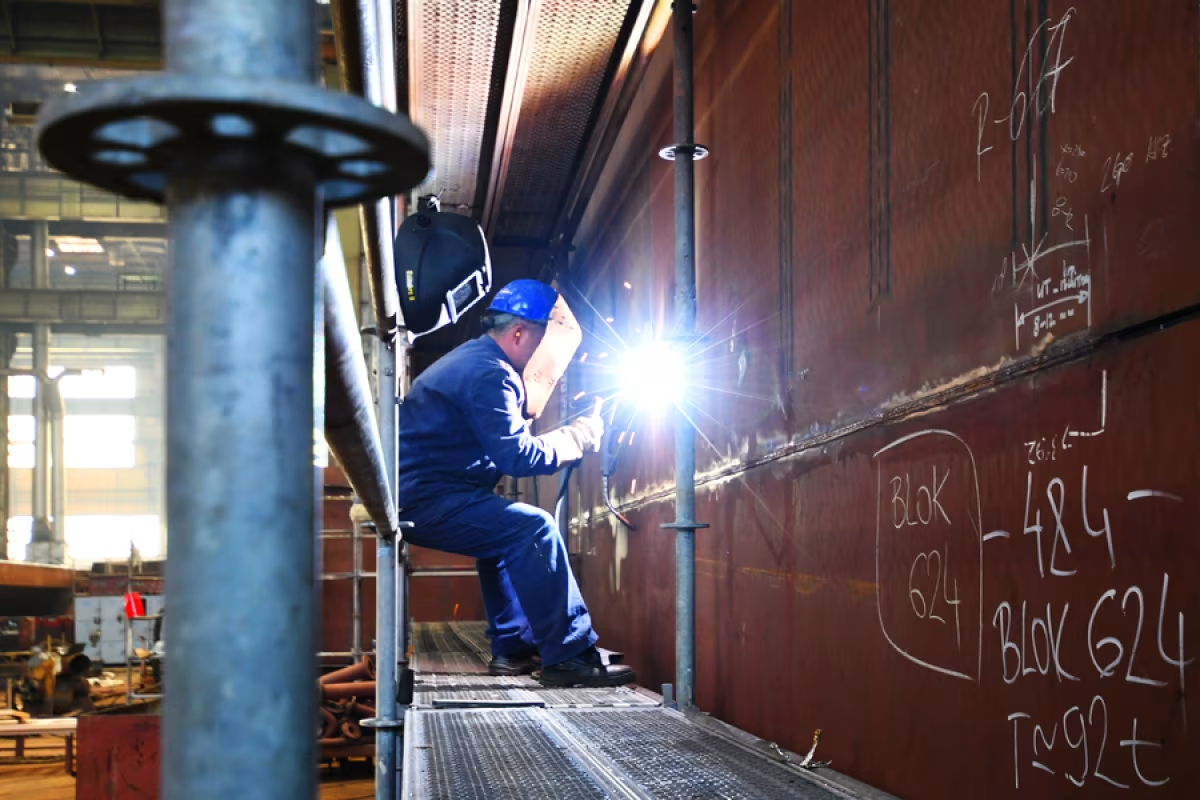
From the top floor to the trenches
Once the contract was secured, the job fell under the supervision of the shipyard’s project manager, Frane Matulić. We catch up to Matulić in the bowels of the main engineering facility, where he’s crossing the oil-stained, steel-belted floor with an entourage of foremen behind him, all of whom are dwarfed as much by the meters-high mounds of scaffolded metal around them as Matulić himself. From his six-and-a-half-foot vantage, he keeps his eye on the work being done as he tells us about the aspects of Hondius he still finds challenging and enjoyable, even after eleven years in the ship-building trade.
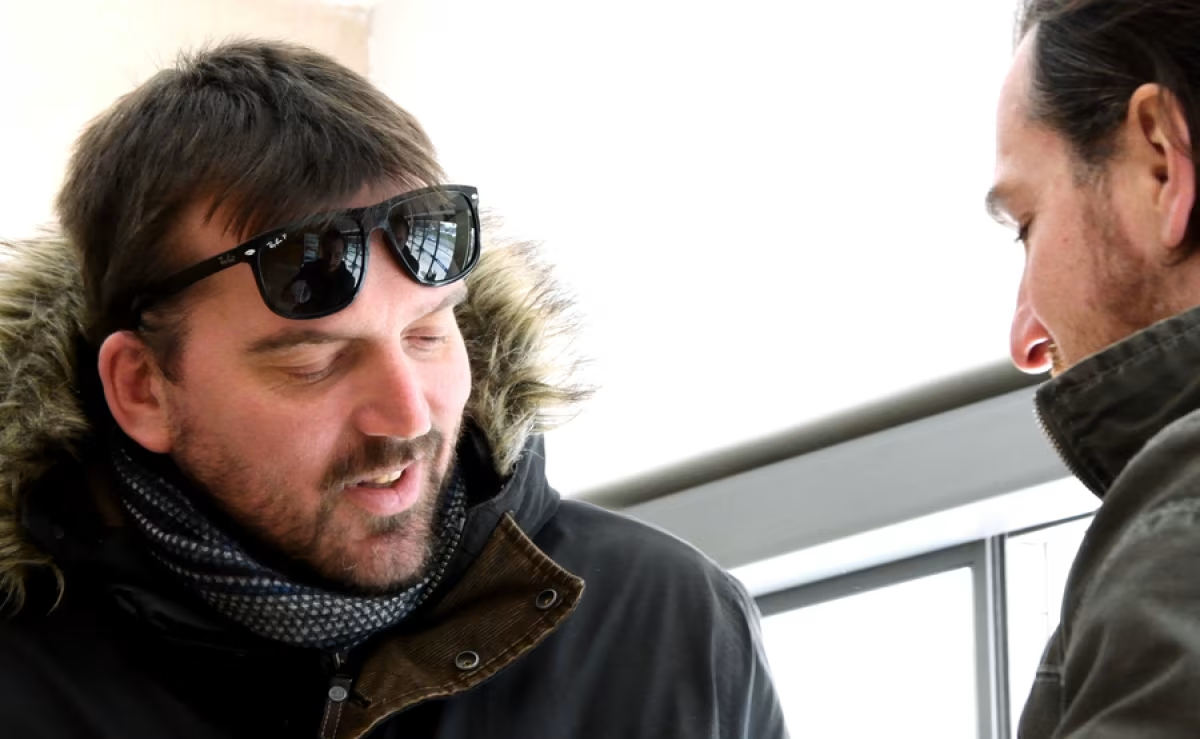
“Overseeing this kind of vessel is of course far more demanding than any non-ice-class ship,” he says. “On top of that, the Polar Code recently changed per IMO (International Maritime Organization) regulations, so we have to keep on top of those things. We have to stay informed about all the many requirements the ship needs to fulfill the Lloyd’s Polar Class 6 ice class. Also, little things always come up along the way. But they’ve been easy to deal with on this project. And after all, that’s what makes the job interesting.”
Matulić, who has been involved with Hondius since the first sketch of design touched the drafting table, knows more about the vessel than just about anyone on the shipyard. It’s heartening, then, to hear how confident he is about the new build. “We’re very pleased with how this ship is turning out, for ourselves and for Oceanwide. Polar Class 6 is the new thing. We’re seeing more and more cruise providers ordering them. So it’s good for us that we’re building the first, and it’s good for Oceanwide that they’re sailing the first.”
Like many folks involved in Hondius, ourselves not the least, Matulić looks forward to the ship launch this summer. This is not when the vessel will start carrying passengers, but the event is still a symbolic and hopeful tradition. It includes the customary breaking of the champagne against the hull, along with speeches by the buyer and builder representatives. Afterward, the vessel will be fine-tuned for roughly another year. “This,” Matulić says, “is the most exciting part, in my opinion. It’s like the birth of a child, launching a new ship. You started out the process with some little scratches on a piece of drafting paper, a few signatures, and before long you have this big steel thing launching out into the sea.”
Where distant dreams become detailed designs
Most new builds are large and complex enough that it is customary for buyers to have their own team on site, working alongside shipyard employees and addressing moment-by-moment concerns as they occur. Oceanwide’s design and propulsion representative at Brodosplit is Cees de Vries, who clues us in on some of the unique structural and technical requirement for a vessel like Hondius.
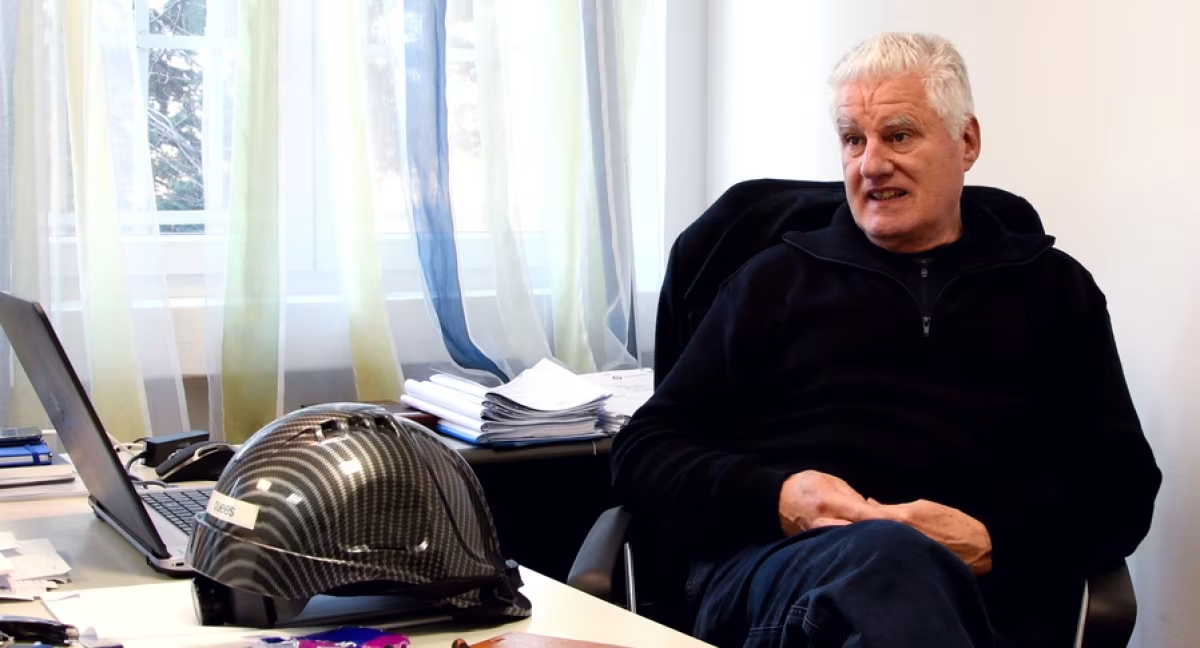
“The whole system has to operate in places where the stress loads and impact potential are much higher,” he says. “If this were a conventional cruise ship, the power requirements would be about half what they are on Hondius. Also, a polar vessel cooling system can’t be impaired by ice accumulation, the propulsion equipment (propeller, shaft, and gear box) has to be stronger, and the steering gear must be oversized to take the ice load. And then the vessel itself, mainly the hull, has to be able to withstand regular collision with the ice.”
Though this is his first time working with Brodosplit’s design team, de Vries has a long background in ship building and propulsion engineering. And because he’s seen some things change and others stay the same, he supports one of the most unique choices of the Hondius design: “We’re using a conventional diesel propulsion system on this vessel rather than diesel-electric, as many modern ships use. This makes our maintenance requirements less sophisticated, so we’re actually less vulnerable in the field. When you’re in the polar regions, where specialized technicians are scarce, you want a ship that can be up and running as fast as possible if anything breaks down. So this was a deliberate choice.”
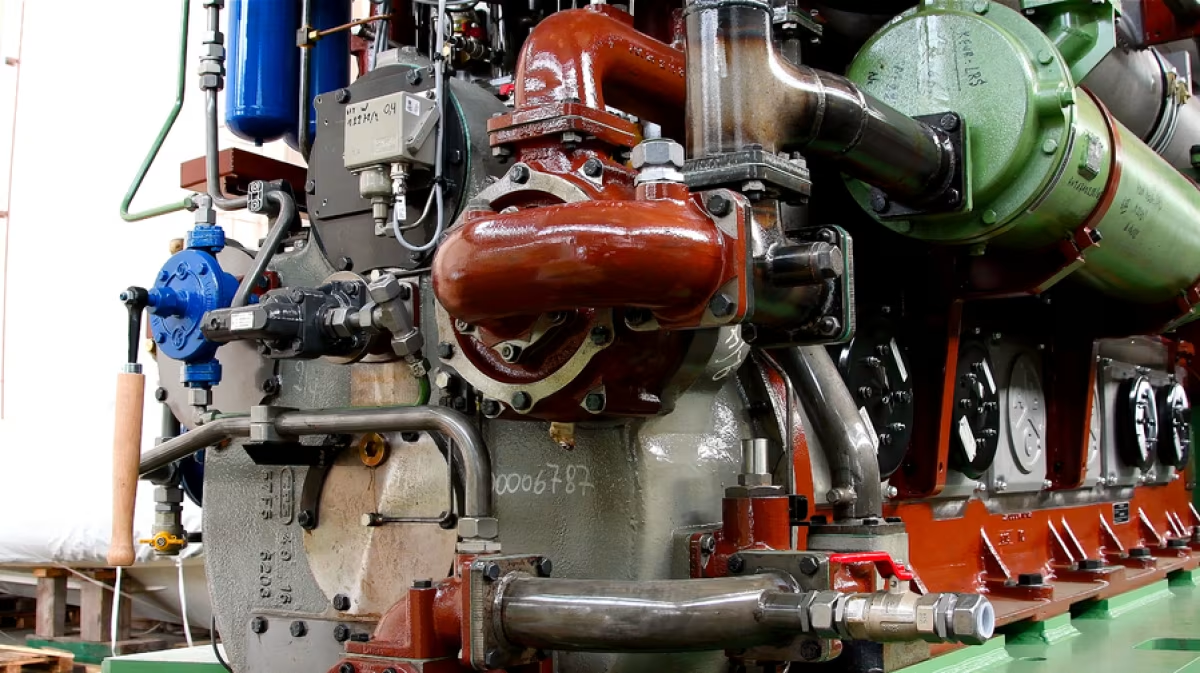
De Vries elaborates on this decision to stick with the tried-and-true. “I’ve seen vessels stopped on some silly software detail. The machinery was in perfect condition, but they couldn’t move the ship. So we’ve learned from experience, other’s as much as our own. This vessel was made to be robust, nimble, and easy to service.”
Dino Donjerković, who heads the Brodosplit machinery department, corroborates de Vries’s perspective. “What I can emphasize about this vessel is that it’s tough. It looks like a polar cruise ship, but it’s far stronger than the standard fare, fully capable of standing up to the conditions of the Arctic and Antarctica. I would feel very safe on board this ship.”
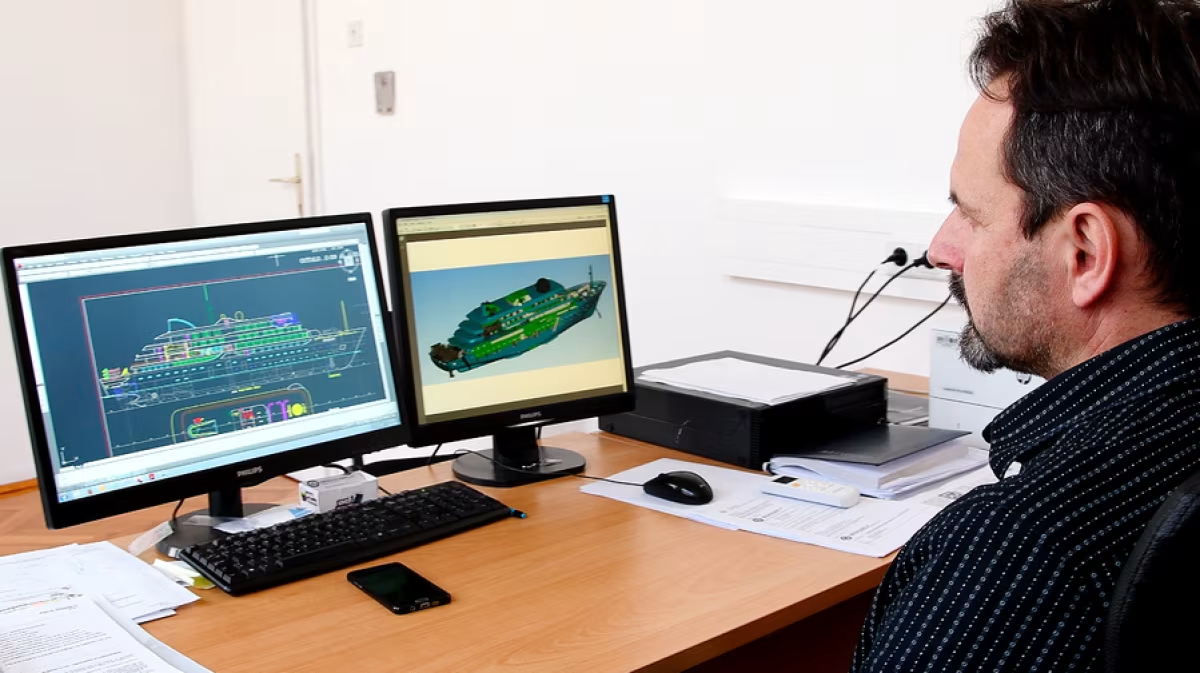
Donjerković explains that the chief tasks of his department are creation and clarity: “In the beginning, we only have 2D drawings of the vessel. But for production, we need to completely define every space and system on the ship. So from those drawings, we create 3D digital models. We have about fifty people working on that and another fifty working on system functionality. What you see on the computer, you then see in production. This clarifies to us any spatial concern before we get to the physical stage, which is far more expensive to fix. No matter how much space a ship has, there’s never enough.”
Though the stages of design typically move in a more or less linear sequence, Donjerković says this is not always the case. “When we need to change something, it’s the obligation of the department that originally worked on it. For this reason, previous teams are always involved even long after they’ve moved on to other projects. This means we don’t often proceed in a strictly straight line, with the next team taking over the minute the previous one is done. But that’s the nature of ship building. At the end of the day, it’s all about creating the most perfect vessel. All other concerns are secondary.”
Minor changes, Donjerković tells us, occur nearly to the date of completion. For example, recently the sloping bulwark near two Hondius cabins needed to be reduced, as it was obstructing the forward view. From the models, it looked fine, but when standing inside the finished structure of the cabins, too much of the bulwark was visible. But Brodosplit, with a tradition of ship work that dates back to 1922, handles these incidents in stride. “One look at our reference list shows why we’re a good match for this vessel,” Donjerković says. “We’ve made various complex ships, so we have a huge database of experience to draw from. And we’re always educating ourselves, hiring fresh people, bringing in new ideas.”
From the outside to the inside
A flawlessly designed vessel isn’t worth much, however, if there’s nowhere on board to hang your hat. The interior work of the ship, which includes its cabins, galley, lounge, library room, and of course, bar, are handled by a separate department. One of the leads of this department is Viktor Peric, who reveals how Brodosplit was able to save Hondius tons of cargo weight simply by using the right kind of furniture.
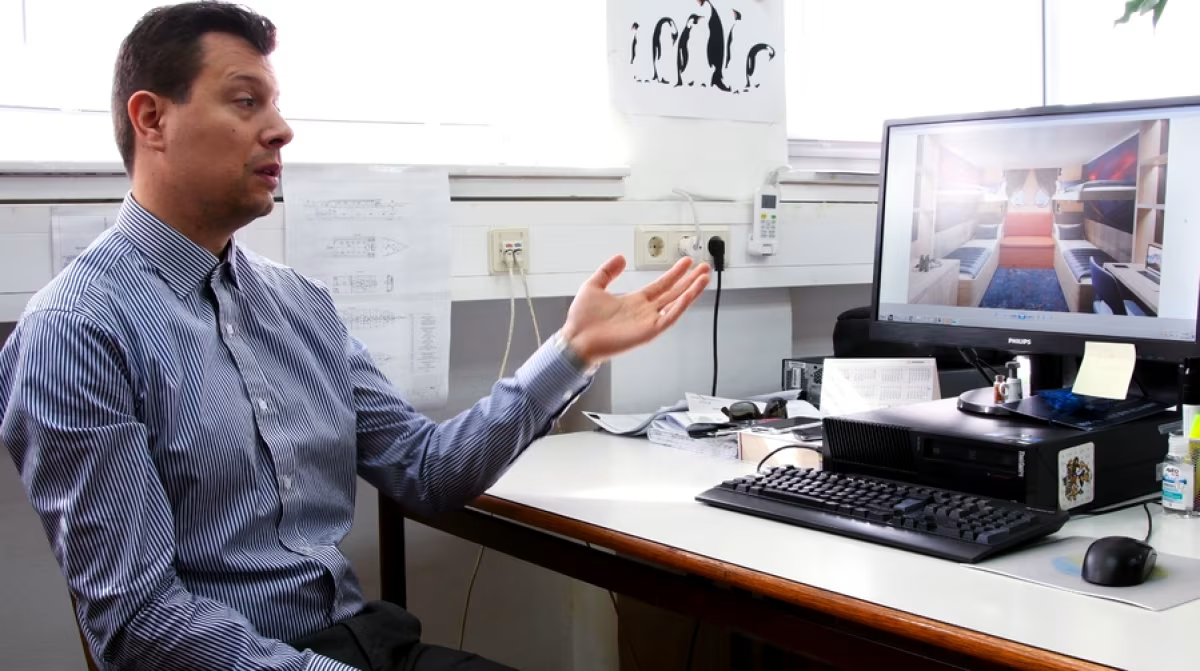
“While we’re developing the interior of the vessel, we’re also searching the market for the materials: carpet, fixtures, so forth. And we design the whole arrangement in technical drawings. The furniture, everything from the wardrobes and countertops right down to the chairs and beds, we’ve made with light-weight materials. One of the most common materials we used is a two-sided, high-pressure laminate with honeycomb interior, which on its own saved Hondius three tons of weight compared to most woods.”
One can be forgiven for thinking that the design of the spaces in which passengers visit, eat, and drink would be less demanding than designing the parts of the ship that protect everyone from jagged shards of sea ice. But according to Peric, the interior work comes with its own list of unforeseen challenges. “This is all a process. Just as with the exterior work, interior units have to be altered over the course of design. We have to have constant meetings and communication with the Oceanwide representatives here. Also, the interior requires a lot of outsourcing from China and other places, so that complicates things.”
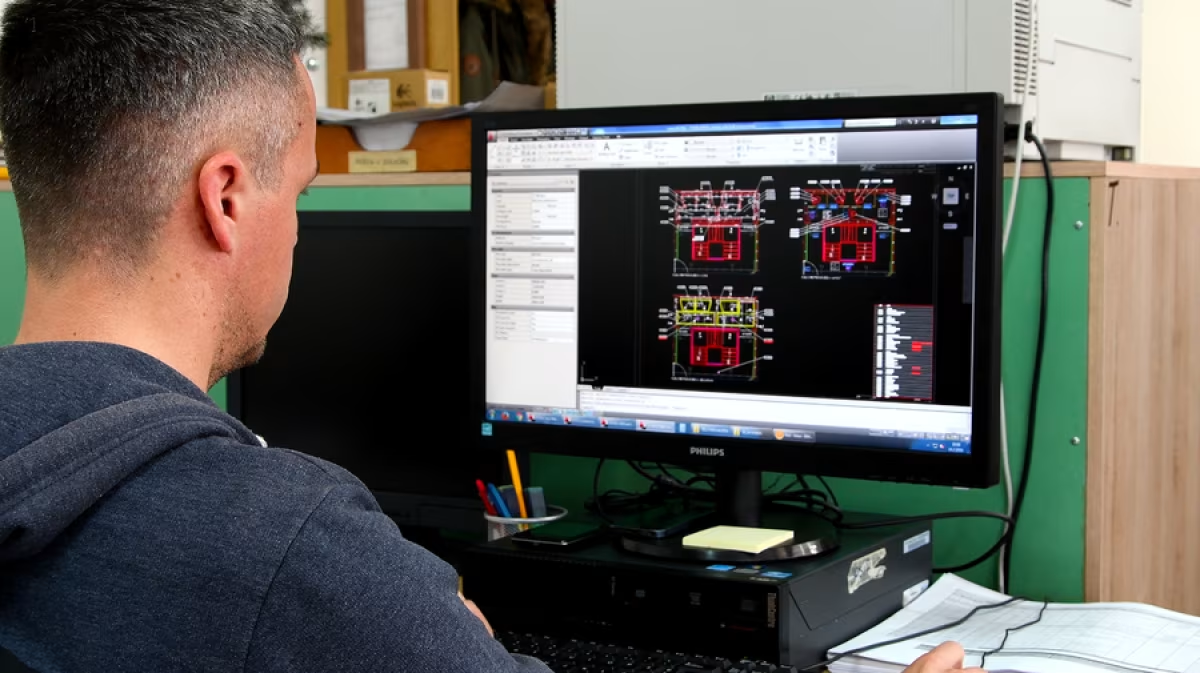
Though Peric likes that his department crafts the areas passengers will most come into contact with, he also knows the elegance of Hondius will not ultimately be the draw. “Passengers go on these kinds of trips for the landscapes and wildlife, not the pretty pattern of the ship’s carpets. Still, we know this vessel will surprise them with how comfortable they can be while still enjoying these rugged, icy wildernesses.”
There and back again
In the early afternoon, the first shift of the shipyard is drawing to a close. We make ready to leave with the tide of workers, following the lead of the Brodosplit public relations manager, Josip Jurišić. An encyclopedia of Brodosplit knowledge, Jurišić has shepherded us tirelessly from one end of the grounds to the other, despite having only recently recovered from surgery on both legs. Without his guidance, we might have gotten so lost in the enormity of the place that we would’ve had to rely on the cats for directions.
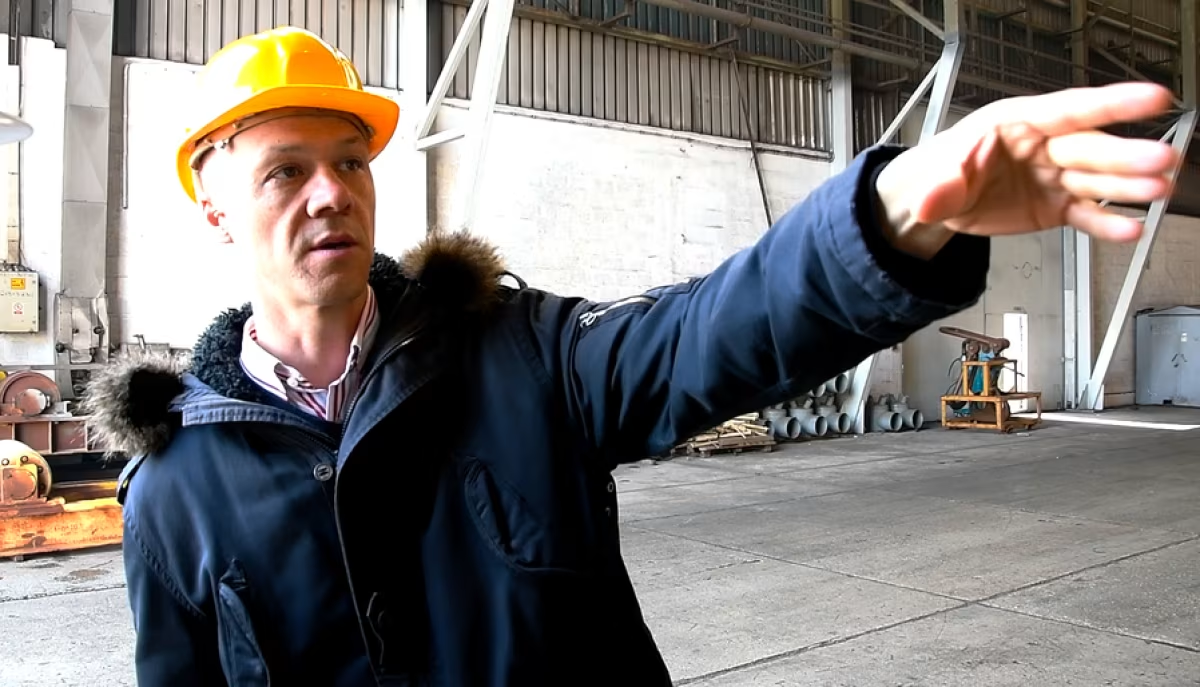
When the ship launches in a few months, Jurišić will plan the event. “I’m the master of ceremonies here,” he says, laughing. “We’ll prepare the red carpet, make a large picture with all the partners, and play the national anthem. About a hundred people usually attend, with about forty of the builders and buyers on the main stand. Citizens of the city can come too. I’ll make an announcement on the radio when the date gets closer.”
Passing the areas we visited today, we again see the ship’s section blocks and stern and various engine units. But this time, these once-inscrutable elements make a little more sense, and we can almost see how each piece of the puzzle will fit together to form a single operational entity that possesses its own distinct power and personality.
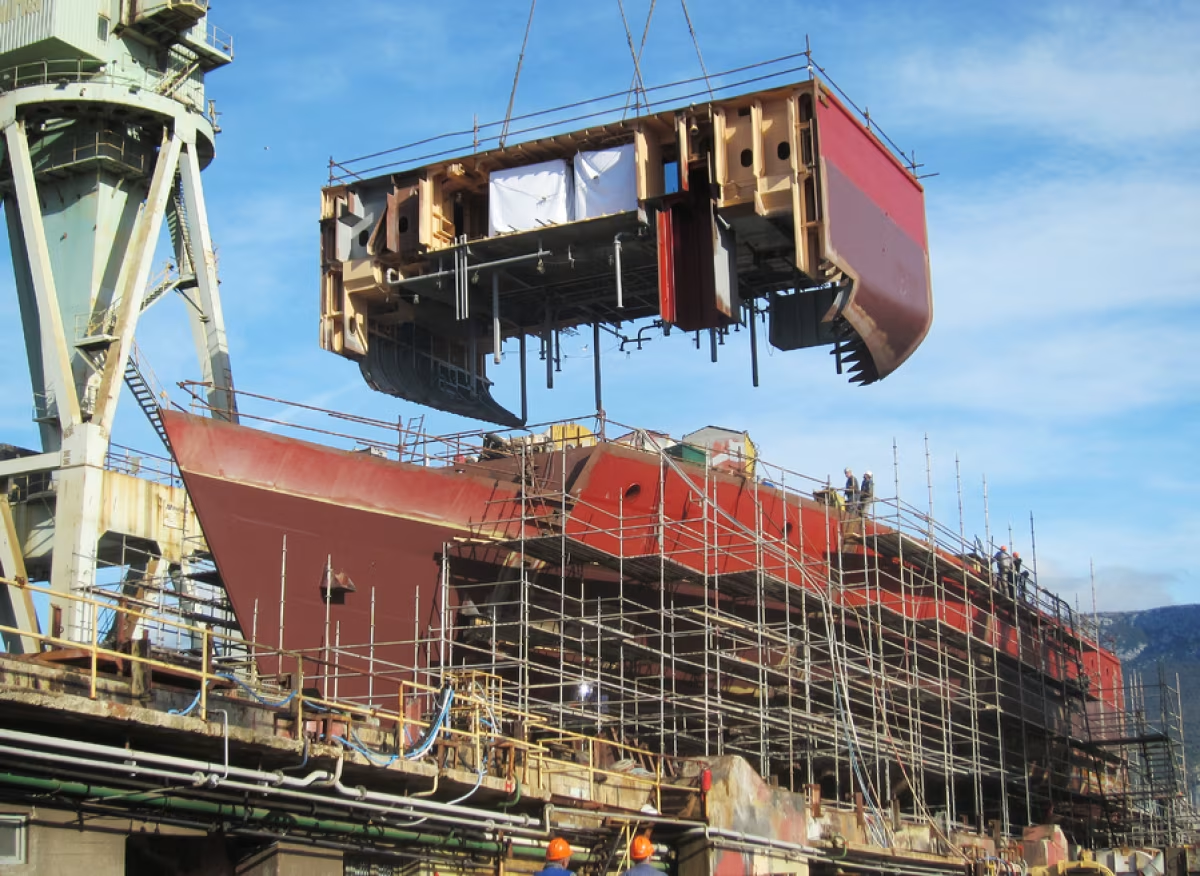
Our pace through the shipyard is slower, as we’re now picturing the vessel that will coalesce out of all this steel and fire, launching into the water as not only a completed polar cruise ship but the most advanced polar cruise ship on the planet.
The gantry cranes of the shipyard now seem like the arms of some enormous doctor or midwife, and the mammoth engineering facilities we’ve walked through take the form of nurseries or hospital wards where Hondius will be made whole.
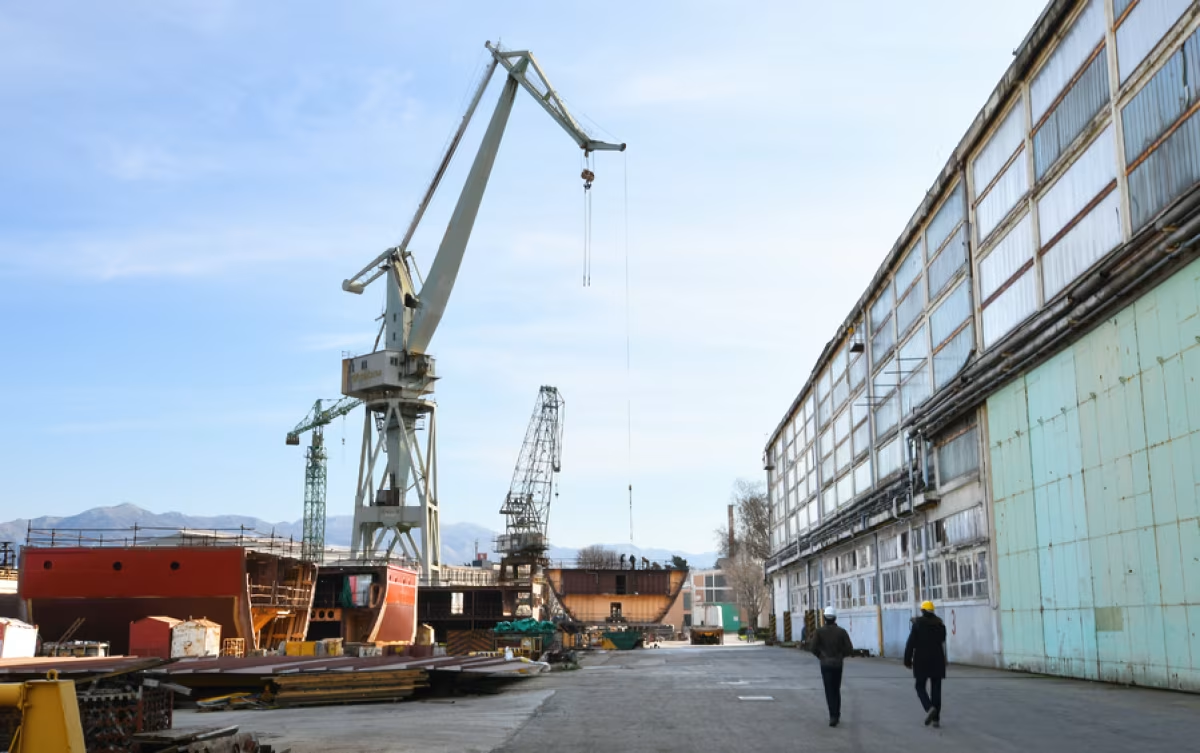
Even the bags of coiled aluminum shavings in the corner now resemble hair clippings, and the sheets of stacked steel look like layers of protective armor. We can see in all of it a plan, a promise of the formidable vessel-to-be. In the two large engines we pass just before exiting, both of them strapped with mulitcolored piping like the cardiovascular system of some colossal intergalactic robot, we can now see the future heart of Hondius.
